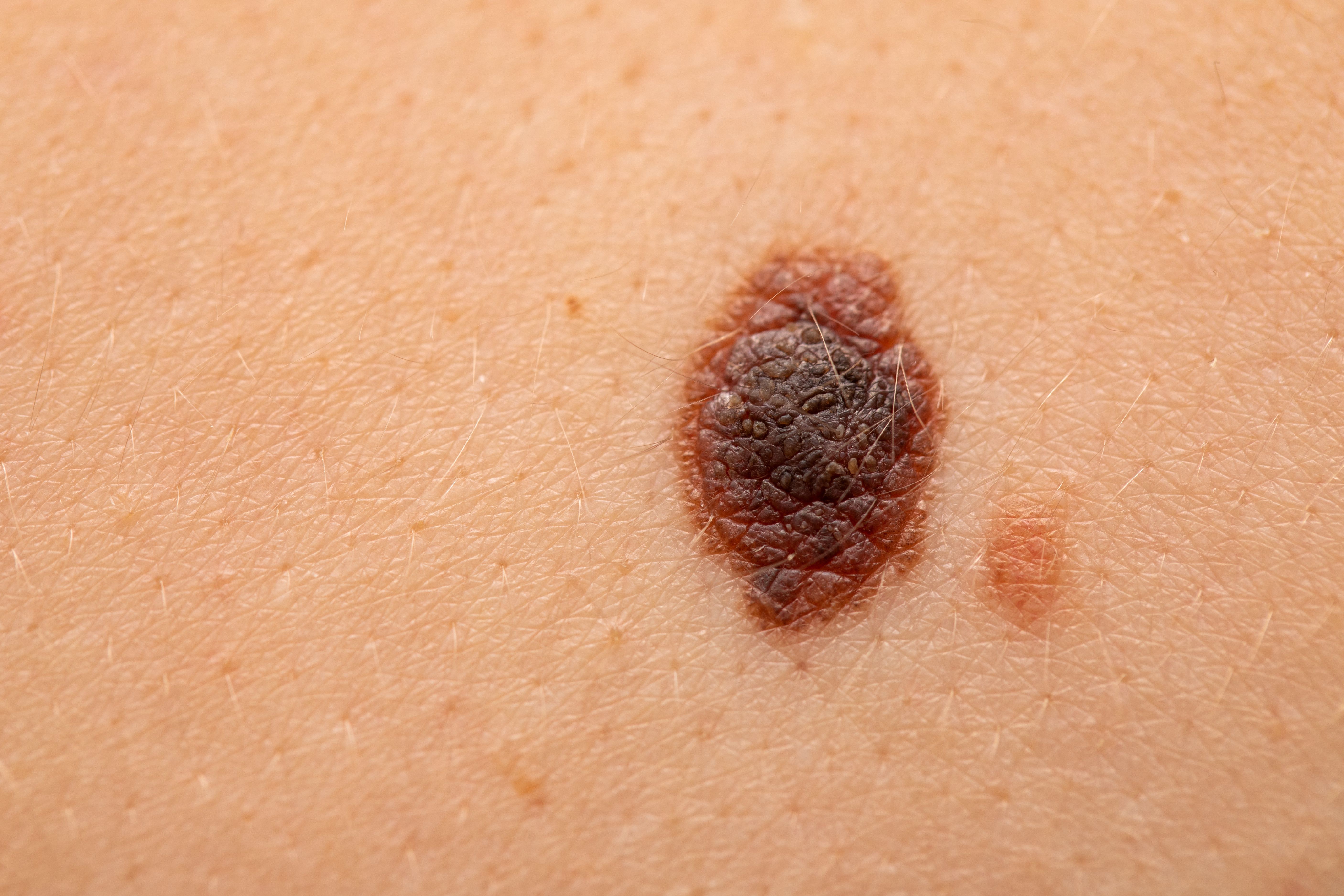- Case-Based Roundtable
- General Dermatology
- Eczema
- Chronic Hand Eczema
- Alopecia
- Aesthetics
- Vitiligo
- COVID-19
- Actinic Keratosis
- Precision Medicine and Biologics
- Rare Disease
- Wound Care
- Rosacea
- Psoriasis
- Psoriatic Arthritis
- Atopic Dermatitis
- Melasma
- NP and PA
- Skin Cancer
- Hidradenitis Suppurativa
- Drug Watch
- Pigmentary Disorders
- Acne
- Pediatric Dermatology
- Practice Management
- Prurigo Nodularis
- Buy-and-Bill
News
Article
31-Gene Expression Profile Test Accurately Classified Risk of Death From Melanoma
Author(s):
Patients with the DecisionDx-Melanoma 31-gene expression profile test had a 29% lower melanoma-specific survival mortality.
Researchers examined the effect of the DecisionDx-Melanoma 31-gene expression profile (31-GEP) test on survival outcomes and its prognostic ability at the population level and found the test classified patients by risk of dying from melanoma.1 The 31-GEP test identifies patients as having low (class 1A), intermediate (class 1B/2A), or high (class 2B) risk of regional recurrence, distant metastasis, and melanoma-specific survival (MSS) beyond established histopathological features.
Ocskay Mark/AdobeStock

To gather data, Information Management Services performed a linkage between the SEER program of the National Cancer Institute’s registries data and 31-GEP testing data supplied by Castle Biosciences from October 2020 to June 2021. The initial linkage identified 6003 patients with cutaneous melanoma (CM). After exclusions, 4687 met inclusion criteria and were considered in the analysis.
Patients with CM receiving 31-GEP testing were matched on several characteristics, including age, race, follow-up time, T-stage, nodal assessment, and tumor location, with CM patients not receiving the testing. To determine differences in outcomes between 31-GEP risk stratification groups, Kaplan-Meier analysis, log-rank test, and Cox proportional hazards were used.
Median age of patients was 63 years, and most of the patients were male (55.7%). Most of the tumors were located on an extremity (45.2%) or the trunk (33.2%), and most patients had T1a (46.1%), T1b (17.3%), or T2 (20.9%) tumors.
According to Bailey et al, “Patients with a 31-GEP class 1A result had higher 3-year MSS and [overall survival] OS than patients with a class 1B/2A or class 2B result (MSS: 99.7% v 97.1% v 89.6%, P < .001; OS: 96.6% v 90.2% v 79.4%, P < .001.”
Findings showed that patients with 31-GEP testing had a 29% lower MSS mortality (HR, 0.71; 95% CI, 0.53 to 0.94) and a 17% lower overall mortality (HR, 0.83; 95% CI, 0.70 to 0.99) than patients who did not have 31-GEP testing. Researchers noted that the results align with previous findings.
One limitation of the study was that the SEER data set regarding treatment, management, or other treatment actions was not available. Another possible limitation was the limited follow-up time for some patients.
“[A]lthough the current analysis cannot conclusively determine the mechanism whereby 31-GEP testing is associated with better outcomes, one potential possibility is that clinical action in response to this specific molecular prognostic test supports patient survival,” concluded Bailey et al. In the case of the analyzed cohort, 31-GEP testing successfully classified patients by their risk of dying from melanoma.
Reference
1. Bailey CN, Martin BJ, Petkov VI, et al. 31-gene expression profile testing in cutaneous melanoma and survival outcomes in a population-based analysis: A SEER collaboration. JCO Precis Oncol. 2023;7:e2300044. doi:10.1200/PO.23.00044





